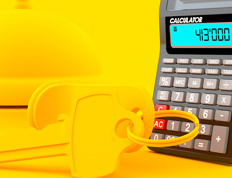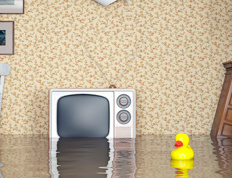
Flood clean-up: Protect your health and your home


After a flood, it's crucial to act quickly to restore your home. It's less likely that mold will grow in your home and on your furniture if you dry it out within 48 hours.
Follow these steps to minimize risks
1. Remove water and debris
- Remove standing water with pumps or vacuums, or hire a disaster clean-up company.
- Remove water-soaked materials such as carpets, insulation and drywall.
- Clean remaining surfaces with warm water and soap, then rinse thoroughly.
2. Prepare for cleaning
- Have buckets, mops, sponges and plastic garbage bags on hand.
- Use unscented detergent (Note: bleach is not necessary to clean mold).
3. Ensure adequate ventilation
- Open windows and doors to promote air circulation.
- Use fans and dehumidifiers to speed up surface drying.
- Keep indoor humidity below 50% to prevent mold growth.
4. Dispose of unsalvageable items
- Discard items that cannot be cleaned and dried, such as mattresses, upholstered furniture and stuffed toys.
- For important documents, consult a professional to determine whether they can be restored.
5. Protect your health
- Wear gloves, goggles and an N95 mask when handling contaminated materials.
- Wash your hands thoroughly after each operation.
- If you notice symptoms such as respiratory or skin irritation, consult a health professional.
6. Check indoor air quality
- After cleaning, continue to ventilate spaces to remove remaining contaminants.
- Use a HEPA-filtered vacuum cleaner to remove fine particles.
- If mold appears, clean it up with soap and hot water.
These steps are essential to ensure the safety of your home and its occupants. If you have any questions or require further assistance, please do not hesitate to contact your insurer.
flood
Resilient home
prevention
water damage


















